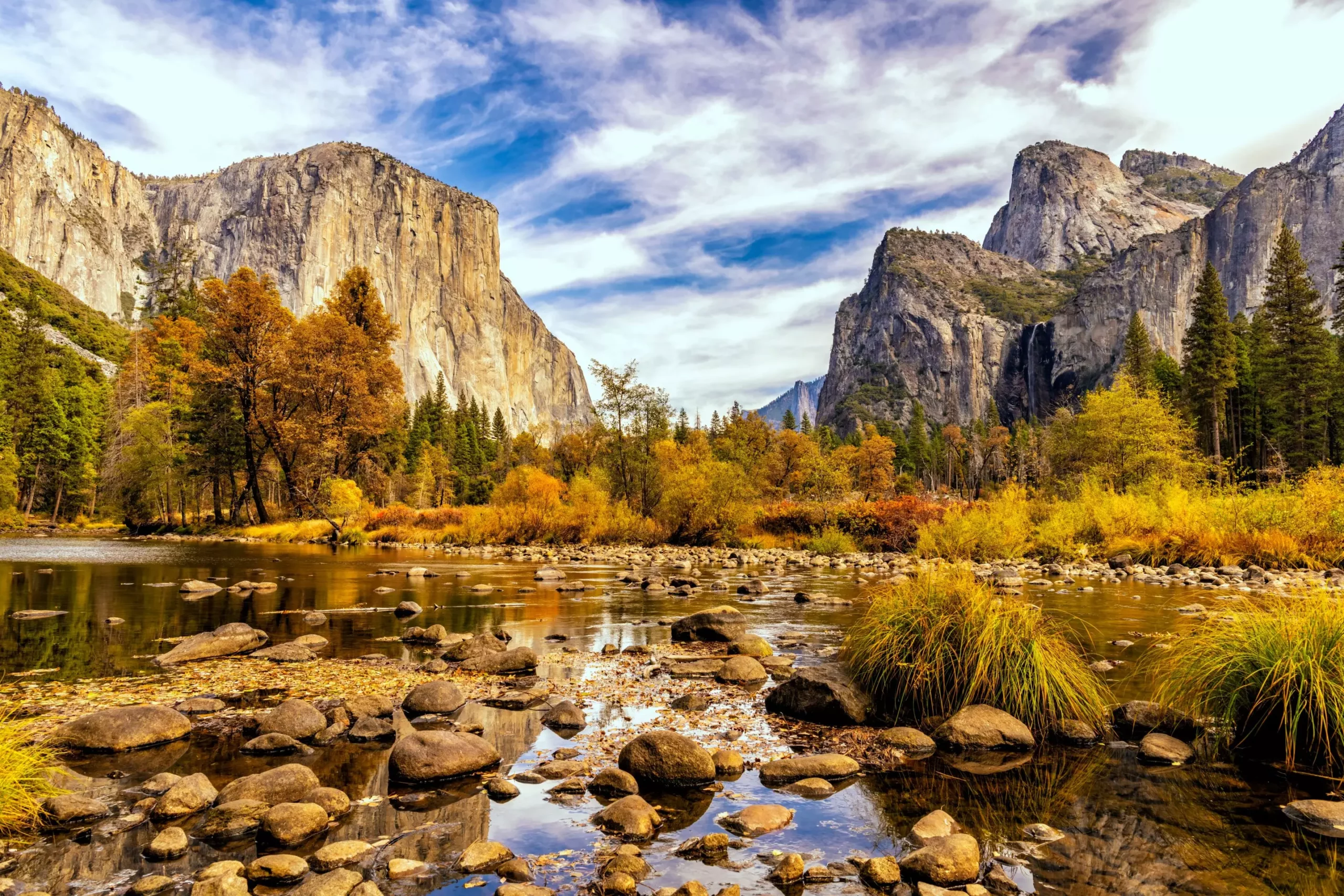The 1972 Clean Water Act has long been in place to protect the “waters of the United States.” However, due to its lack of a concise definition of which streams and wetlands fall under its jurisdiction, determining the exact coverage of the Act has been a challenge. This has left it up to presidential administrations, regulators, and courts to make the crucial decisions. In an effort to shed light on this issue, a team of researchers from the University of California, Berkeley, employed machine learning to enhance the accuracy of predicting which waterways are protected by the Act.
The team’s analysis revealed that a 2020 rule implemented by the Trump administration had significant implications for Clean Water Act protection. According to their findings, one-fourth of U.S. wetlands and one-fifth of U.S. streams lost their protection under this rule. Furthermore, it also led to the deregulation of 30% of watersheds that supply drinking water to households. These striking figures emphasize the far-reaching consequences of the rule on water resources.
By utilizing machine learning techniques, the researchers aimed to unravel the intricacies of environmental policy. Previous analyses had relied on assumptions that streams and wetlands sharing certain characteristics were regulated under the Clean Water Act. However, the researchers sought to leverage data to gain a more accurate understanding of the actual regulations in place. Their machine learning model was trained to predict over 150,000 jurisdictional decisions made by the Army Corps, which interprets the Clean Water Act for specific sites and rules.
The findings of the research indicate that the 2020 rule resulted in the deregulation of approximately 690,000 stream miles. To put this into perspective, this is more than the combined length of streams in several major states. Additionally, the wetlands that lost their protection under this rule were estimated to provide over $250 billion in flood prevention benefits to nearby buildings. These staggering numbers underscore the significant environmental impacts resulting from regulatory decisions.
Aside from the environmental repercussions, the research presents a compelling argument for cost savings and increased efficiency. The model’s predictions have the potential to save over $1 billion annually in permitting costs for regulators and developers. By providing instant estimates of the likelihood of regulation, this machine learning approach could eliminate the months-long waiting period and uncertainty associated with the permitting process. This could lead to more streamlined decision-making and reduced financial burdens for all stakeholders involved.
It is crucial to acknowledge that the landscape of Clean Water Act regulations continues to evolve. As of 2023, the Biden White House rule expanded Clean Water Act jurisdiction, which was followed by the Supreme Court’s Sackett decision that contracted it once again. Despite this ongoing uncertainty, the researchers assert that their machine learning methodology can provide clarity regarding the scope of regulations once the Sackett decision is fully implemented.
The research conducted by the University of California, Berkeley sheds light on the complexities and far-reaching consequences of Clean Water Act regulations. By employing machine learning techniques, the study offers valuable insights into the specific waterways that are protected or deregulated under various rules. Furthermore, the findings highlight the significant environmental impacts resulting from these regulatory decisions and emphasize the potential for cost savings and increased efficiency. While the exact future of waterway regulations remains uncertain, this research provides a step forward in understanding and addressing the challenges faced in safeguarding the waters of the United States.


Leave a Reply